Recipes in the early months include ingredients targeted to ease the difficulties of nausea, too, which can be helpful when the thought of deciding what to eat feels much harder than it should. In addition to this middle recipe section, the book includes introductory chapters on prenatal nutrition as well as a discussion of eating, breastfeeding, and postpartum weight loss. My Reaction: There is much to appreciate about what Jones and Hudson offer in this weighty book. When we found out we were having our first child, it inspired us to take a serious look at our eating habits and learn more about optimal nutrition and how we could make that more of a priority for our family. I love that the recipe section includes easy to read labeling for those looking for gluten-free meals or vegan meals or several other dietary concerns. Though this newest edition advertises itself as "completely revised and updated," the discussion of alcohol and breastfeeding could use an evidence-based update. And, in the discussion of the difficulties of life after baby, more talk of reaching out for professional help if possible would make this book even more comprehensive. I do note, however, that having a chapter on postpartum mental health in this nutrition book was unexpected and much appreciated! If you are a reader who has a history of disordered eating or struggles with body image, I would caution against the opening and closing sections of the book. With its emphasis on calorie discussion and "ideal" weight gain, the early chapters may be less rather than more helpful for some readers. Similarly, the discussion of dieting in the later chapters, while gentle, still uses a lot of the mainstream language common in diet culture and may be triggering for some readers. My takeaway: If you'd like a helping hand exploring new recipes and emphasizing whole food habits as you gestate your sweet babe, the thoughtful month-by-month layout of this book may work well for you. But, please be gentle to yourself and understanding of your own relationship with food as you approach the opening and closing sections of the book. Looking for more evidence-based info as you prepare for birth and baby? Nested Mama offers a full range of classes including childbirth education, breastfeeding, infant sleep education, and planning for postpartum.
0 Comments
My reaction: I love reading books that gather and work through the research, and Nichols certainly does that in this book. She also nicely includes highlighted statements and summary sections, so if you are more interested in her conclusions than how she gets there, you can get a nice handle on the material in a short amount of time. I especially enjoyed Chapter 4 where Nichols works through recommendations on lunch meat, alcohol and more. I also appreciated the balanced approach she takes when she notes that first-trimester nausea may make a diet overhaul unrealistic, but that it is something you can work toward as you feel able. And, she also shares that eating "real food" doesn't have to be all or nothing. As with so much in pregnancy and parenting, having the information you need to make the best choices for your family - even if those choices include small-scale changes in prenatal nutrition rather than following her advice to the letter - is what truly matters. Some quotes of note: "Part of listening to your body is recognizing when your food choices don't leave you feeling well and making a mindful choice to opt for a more nutritionally balanced option the next time you eat. Your body deserves nourishing foods and you deserve to enjoy your food. There is a place for these two things to coexist" (27). "Calorie and macronutrient needs vary widely and there fore there's not a single meal plan that will work for all women" (82). "When you ignore your hunger cues, you tend to ignore your fullness cues as well" (26). My takeaway: Real Food for Pregnancy gives you all the research with practical ways to apply it to your eating during pregnancy. While some nutrition books can load you with pressure, this one incorporates mindfulness and emphasizes that we are all different, making plenty of room for you to take what you need from the book without feeling completely overwhelmed. I'd recommend this book to anyone looking to trouble shoot their pregnancy nutrition or make changes preconception. Looking for more evidence-based info as you prepare for birth and baby? Nested Mama offers a full range of classes including childbirth education, breastfeeding, infant sleep education, and planning for postpartum.
When it comes to postpartum life, I'm all about the food. Nutrient dense, delicious food that can be easily prepared or, even better, brought to you by friends and family. Last week, I shared with you some ideas for how to plan you postpartum food support before baby arrives. Today, I'm sharing one of our family's favorite easy slow cooker meals that I turn to frequently, even though I'm some 30 months postpartum myself! Good food that can be made easily and fuel your family with good things never goes out of style, I find. As you look at the ingredients, know that I share our favorite vegetable variation in the recipe, but what makes this recipe truly AMAZING is its flexibility. Have carrots instead of sweet potatoes? A squash? Regular potatoes? Zucchini? Like to add kale or spinach? All are fine with this recipe - just sub the veggies you have on hand and make it work! Slow Cooker Lentil ChiliInspired by a Zippy Lentil Chili Recipe from Weelicious Ingredients:
Combine all ingredients in slow cooker. Cook on low for 5-7 hours. Top with cheese, guac, or a few sweet potato chips to add a nice crunch. Love sweet potatoes as much as I do? Check out these great postpartum recipes.
Want to see a simple tool that helps save my sanity day in and day out? Behold - the snack plate! While this tray I got for under a dollar at a thrift store seems pretty unimpressive, it has become a critical tool in how I hand snack time day in and day out. As a parent, I approach family eating and meals informed by Ellyn Satter's division of responsibility. In a nutshell, the parent decides the parameters of meals - what is offered at what time and what location. The child retains control of how much he or she eats and which of the offered foods he or she eats. This model of feeding complements a baby-led solids (often referred to as baby-led weaning or BLW) approach and continues the trust for your child that underlies baby-led solids into their toddler and preschooler years (as well as beyond). In the moment, the division of responsibility approach to eating takes away any possible power struggles around food. Long view the hope is that it encourages a healthy attitude toward food.
Want to try out a snack plate with a single kiddo or younger toddlers? Mini-muffin tins or ice-cube trays can make the perfect solo snack tray. If you do try out the snack tray, let me know what you think!
Wondering where to take your sweet little 3rd wheel on a date? Head over to the Doulas of Iowa City Blog where I share a guest post with advice from local parents on enjoying a datenight or afternoon with baby in tow.
It happens like this. You’ve had your baby, and life is a whirlwind. You and baby both start to come out of the 4th trimester, life seems a little more predictable, and breastfeeding or bottle feeding or pumping or combo feeding evens out.
You’re finally getting the hang of this motherhood thing - go you! Then you realize what is on the horizon - solids! Even though you just figured out this whole feeding the baby thing, you’ve got to figure it out - again. You’ve got relatives saying I fed my baby solids at X point and he was such a happy baby - you should feed your baby NOW. Or my babies all slept through the night at X weeks and never made a peep - you should feed your baby NOW. It’s overwhelming, for sure. But, don’t worry. I’ve got you. What follows are a whole host of resources to help you navigate these questions. ***Always consult your pediatrician or doctor when in doubt about baby’s growth and development. These resources do not replace medical advice.*** Frequent Concerns About Starting Solids My mother/aunt/grandmother/neighbor/babysitter said they fed solids to their baby at x months. Yes, anyone who parented in a previous generation likely started solids much much earlier than current recommendations. The American Academy of Pediatrics recommends that babies receive breastmilk or formula exclusively until 6 months. My doctor said I could start offering my baby food before 6 months. If your pediatrician recommends a different start (say 4 months), you can ask why they suggest something different than the recommendation given by the American Academy of Pediatrics. Perhaps there is something specific to your baby’s particular situation that should be weighed when assessing risks and benefits to a different plan. Regardless, ask questions until you feel you have the answers you need. My mother/aunt/grandmother/friend/check out lady at the grocery store says solids will help my breastfed baby sleep through the night. Breast milk is the most bioavailable food for your baby - that does mean it is digested quickly. That said, babies wake for all kinds of reasons - teething, reassurance, thirst, hunger, discomfort, developmental changes, and so forth. The answer on sleep and solids, according to research is no - this is not a magic button for longer stretches of baby sleep. Instead, know that night waking is developmentally normal and baby will sleep longer without a feed or reassurance when he or she is ready. If you are looking for a holistic approach to family sleep, you can read more about Nested Mama Infant Sleep Education here. My baby nurses frequently - should I start solids to stretch out feedings? Even after starting solids, breastmilk or formula should remain your baby’s primary source of nutrition. Your baby may nurse as frequently (or even more frequently when going through growth spurts, teething, or illness) even after starting solids. Eating is a new skill, and offering breast milk before solids will make sure that the transition is gradual and baby’s nutritional needs are met throughout that transition. So and so told me that I have to start feeding baby cereal to my baby now. As with starting solids earlier, past generations began feeding baby solids with cereal. Some still advocate this practice because it is fortified with iron. Formula is also fortified with iron. If you are wondering if your breastfed baby should start with cereal because of concern for iron, here is a great resource from Kellymom. More recently, many suggest you not feed baby cereal as it isn’t particularly nutrient dense, and offering other iron rich foods is always an option. Do I have to introduce solids in specific order to prevent allergies? The most recent recommendations from the AAP suggest that limiting certain allergens should be done only if there is a family history of allergies. If this is not the case for your family, common allergen foods are fine to introduce post 6 months and signs of readiness. Honey, however, should be avoided until after age 1 because of possible bacteria. If you have any concerns about specific foods, allergies, and your family, it is best to consult with your doctor. I hear some people talk about baby self-feeding or baby-led weaning (BLW). What does that mean? For the past several generations, it has been commonplace to introduce baby to solid food by offering pureed food that is then spooned into baby’s mouth without requiring chewing. More recently, an approach termed baby-led weaning has become a prominent alternative to feeding purees. With BLW, you begin solids when baby meets certain signs of readiness and offer appropriately sized, soft foods. While starting with purees focuses on baby eating before learning to chew, BLW advocates babies work on chewing, mashing, holding, squishing, spitting, and the intricate dance of mouth and tongue muscles first, without stress on how much they actually consume. With breastmilk or formula still the main source of nutrition in the first year, BLW allows for a gradual, child-led transition into solids. Advocates of this approach highlight that their babies enjoy a wide variety of tastes and textures from the start, and it makes for easier meals because baby eats what you eat (with some mindfulness to size and softness of food) from the start. I’m interested in BLW, but I’m terrified my baby will choke. It is important to note that babies can choke on both purees and table foods. When deciding if BLW is the right way to offer solids for your family, it may be helpful to explore the difference between choking and gagging. Gagging occurs when a piece of food triggers a reflex - in babies, that reflex is triggered more forward in the mouth than adults. Gagging is a normal part of exploring food and doesn’t indicate choking is occuring. You can learn more about the difference between the two here. Ultimately, go with the approach to solids that works best for you family - trust your gut! When I am asked what foods can be nourishing and easy to prepare postpartum, sweet potatoes always top my list. I love that they are nutrient dense and have a pleasing hint of sweetness that makes a nice contribution in a variety of recipes.
As part of Nested Mama’s prenatal doula support services, I offer meal prep assistance to stock your freezer before baby. And postpartum, I’m happy to prepare you a hot meal and then hold your little one so you can eat it with two hands while it is still warm. Today I’m sharing with you some of my favorite recipes that I make frequently in my house and recommend to my doula clients. All of these are low-effort and packed with veggies and protein - which makes them a double win. Skillet Sweet Potato Chicken Hash with Eggs from Skinnytaste This one-pan meal is packed with plenty of protein and nourishing sweet potato. It comes together quickly and requires minimal attention while cooking, which is ideal at busy times. PO-TACOS from Weelicious With a base of roasted sweet potatoes, Po-tacos are great for using up leftover chili, shredded chicken breast, or topped with a variety of meat, beans, cheese, guacamole, or whatever you have on hand. Our family really enjoys them with plain greek yogurt, ground sausage, pesto, and asparagus. And, it has the added bonus of letting your kiddos customize what toppings they like, which always increases mealtime enthusiasm at our house. One-pan Sausage with Sweet Potato and Asparagus from Primavera Kitchen I love a good sheet pan dinner - throw it in the oven and your work is done. Clean up is simple, too. Here, the flavors of the three ingredients pair so well and can be prepped in just a few minutes. Crockpot Beef and Sweet Potato Stew This stew also works well in the a pressure cooker, which means you can prep and freeze ahead of time. When ready to use, just a quick thaw and a drop in the pressure cooker give you a delicious stew with relatively little effort. The combo of cinnamon and apricots really sets this apart from other stews, making it a nutritious option for comfort food. Got a favorite sweet potato recipe? I’d love to know! Drop it in the comments below. Looking for prenatal or postpartum support. Find all of Nested Mama's services here. |
AuthorJohanna received a Ph.D. in English in 2014. Now a postpartum doula and educator of childbirth, breastfeeding, and infant sleep, she blogs about pregnancy, birth, postpartum, and parenting. Archives
February 2021
Categories
All
|
Serving Iowa City, Cedar Rapids, and surrounding Corridor communities
Copyright © 2018
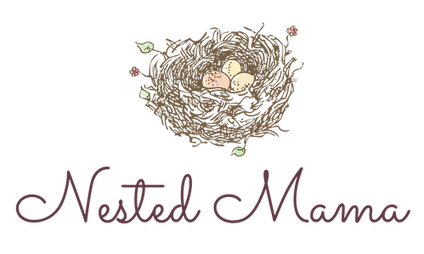
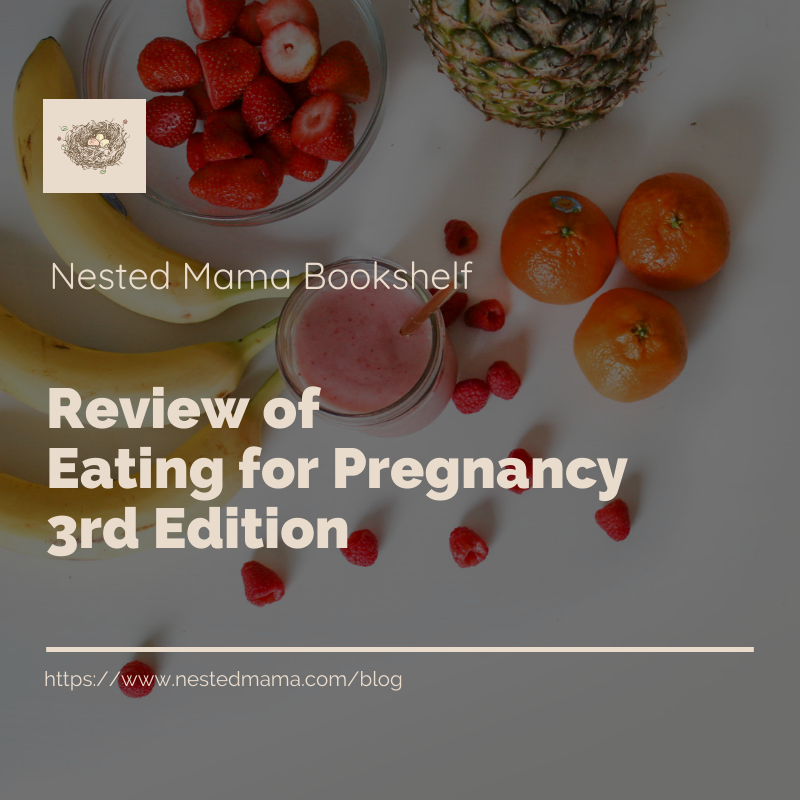
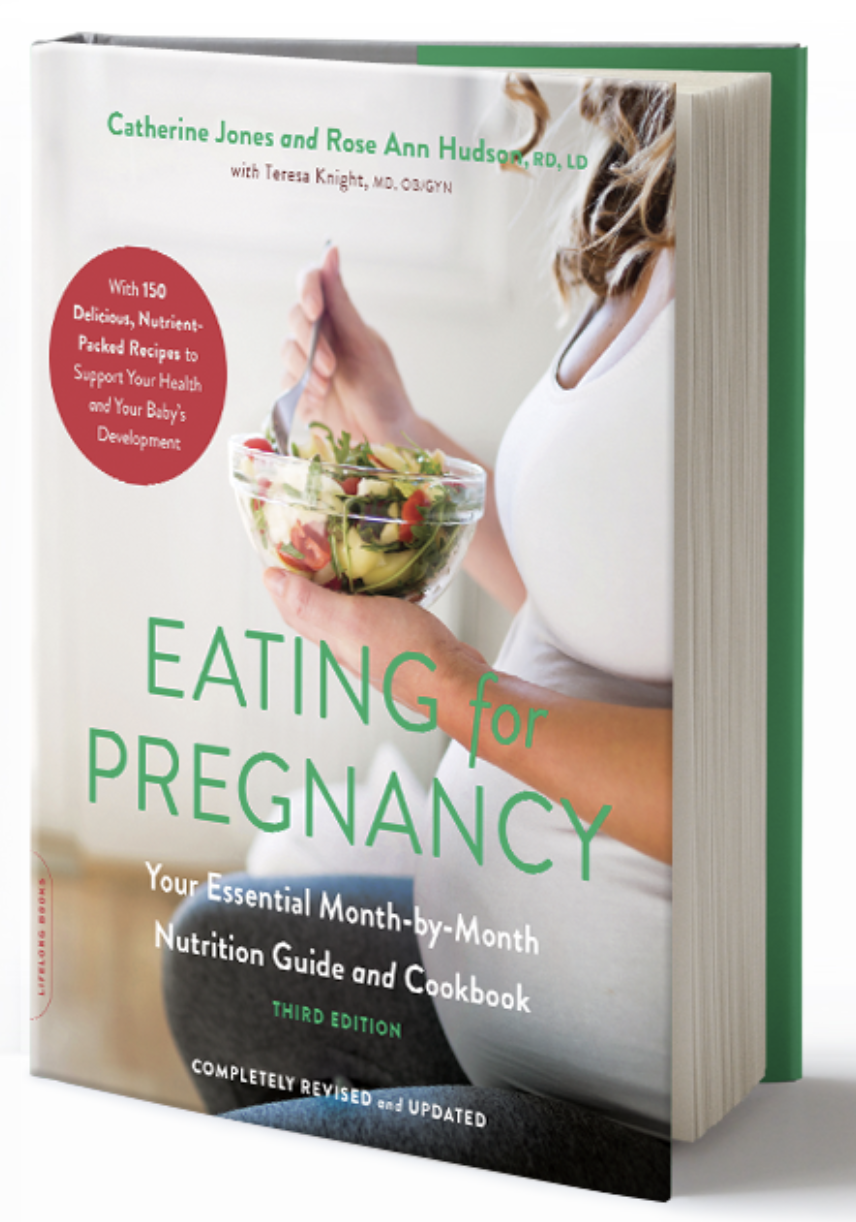
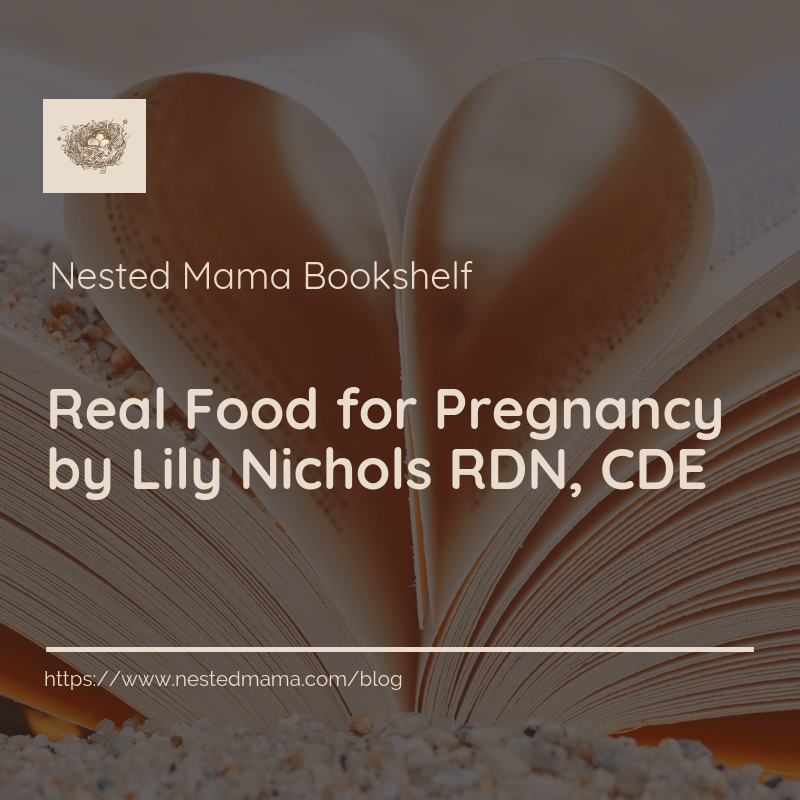
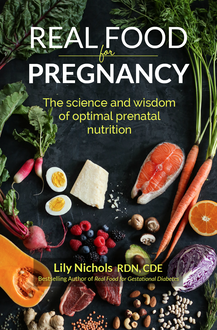
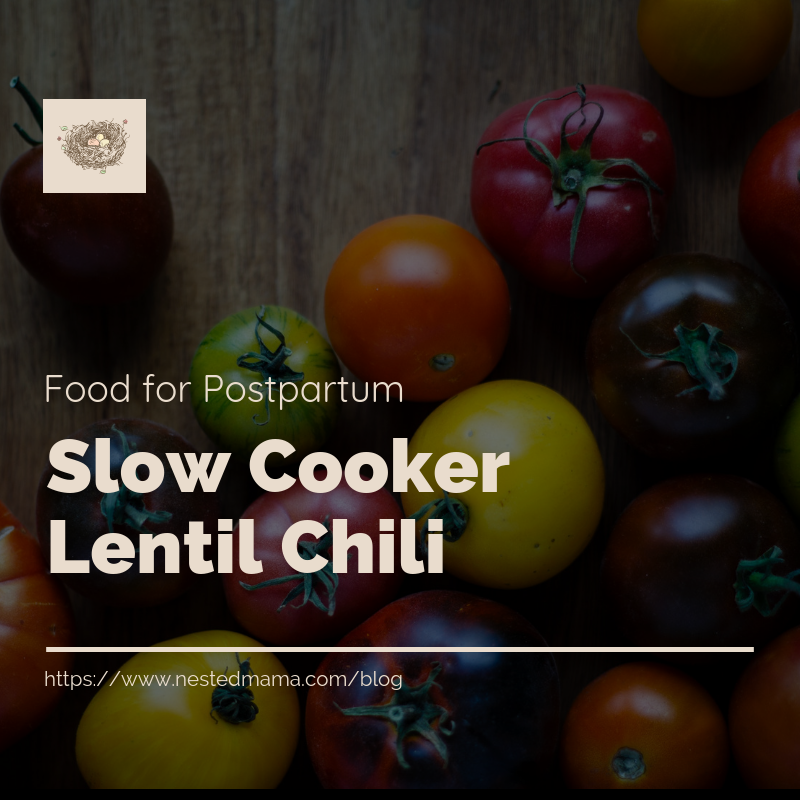

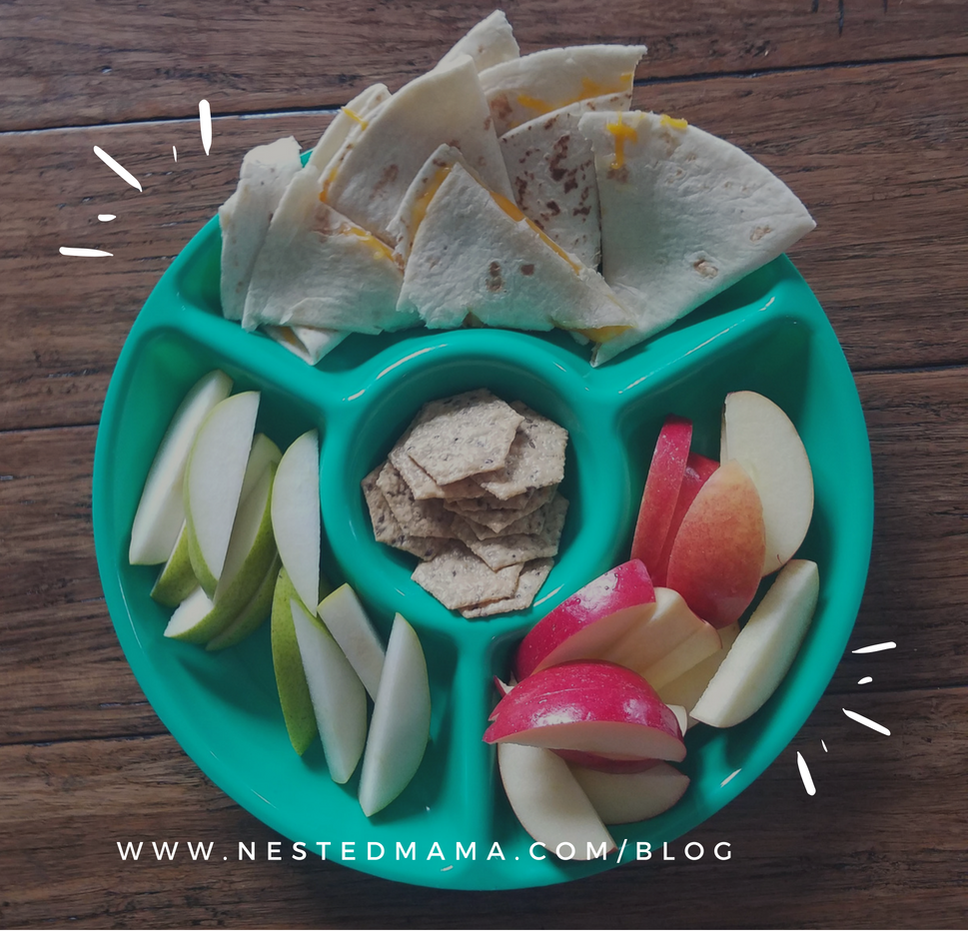
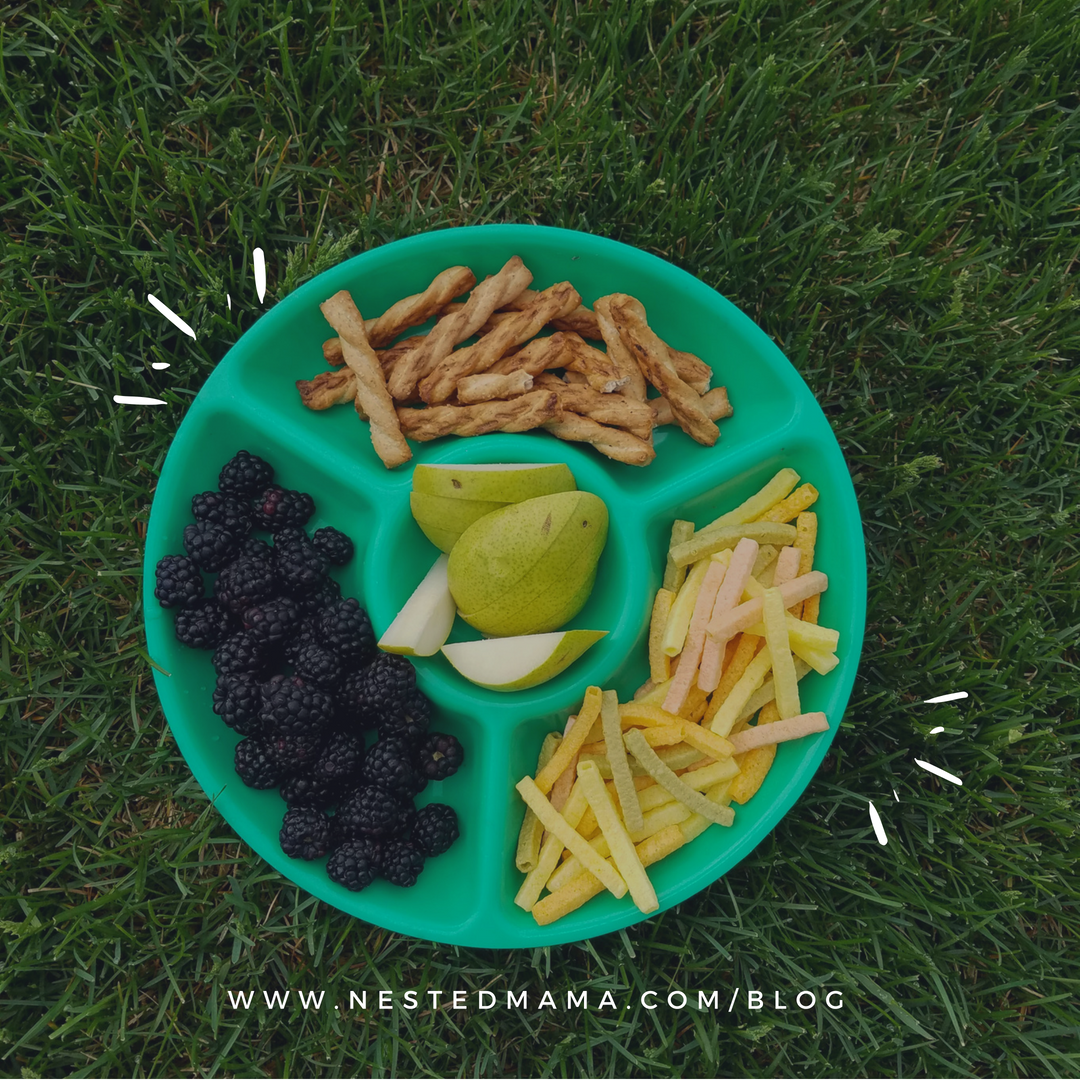

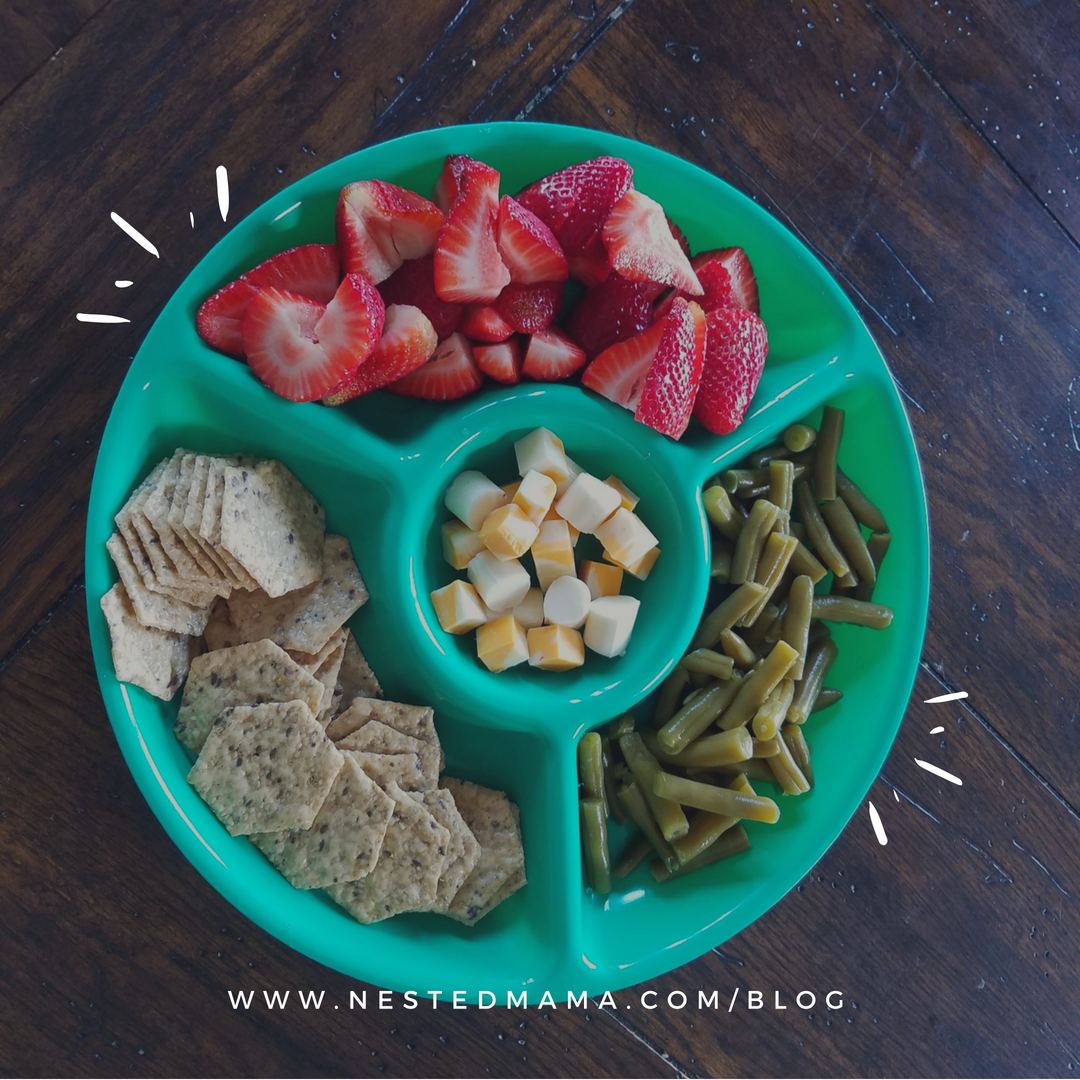
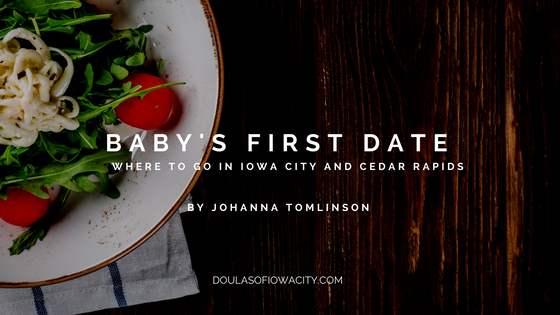
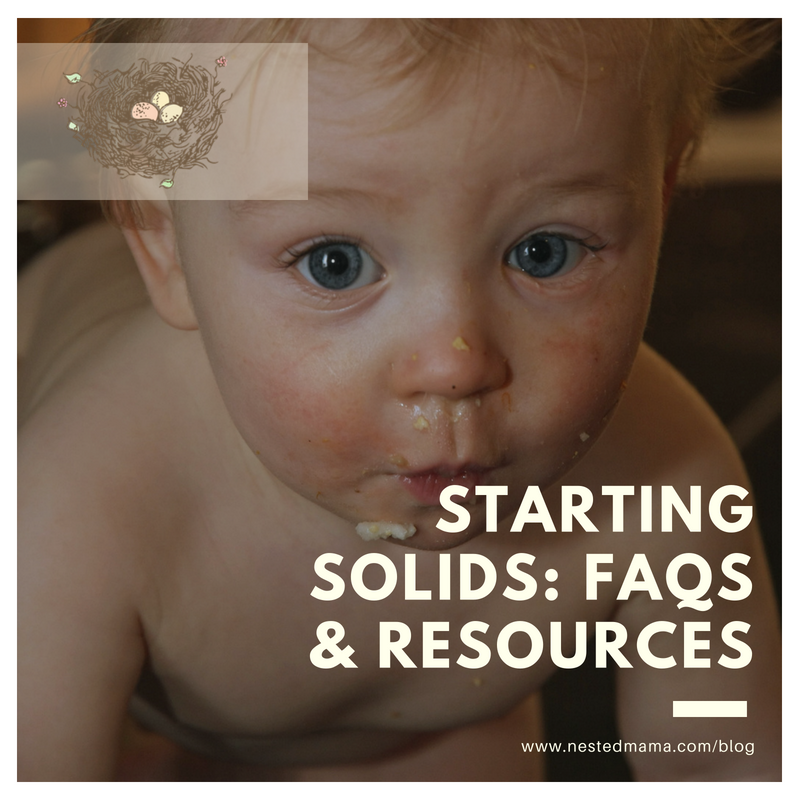


 RSS Feed
RSS Feed